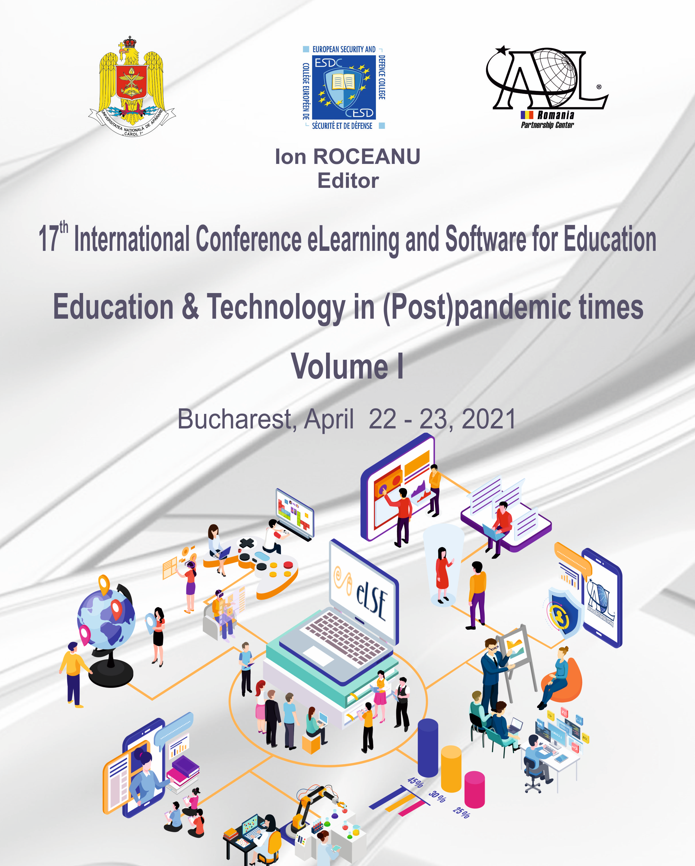THE SIGNIFICANCE OF GAME, AS A PRACTICE, FOR EDUCATION: STUDENTS' MOTIVATION FOR GAMING AND TENDENCY TO GAMES
THE SIGNIFICANCE OF GAME, AS A PRACTICE, FOR EDUCATION: STUDENTS' MOTIVATION FOR GAMING AND TENDENCY TO GAMES
Author(s): Dušanka Slijepčević, Branko Crnogorac, Ivan Šijaković, Braco Kovačević, Biserka Košarac, Aleksandra Hadžić, Ewa Dąbrowska-ProkopowskaSubject(s): Politics, Media studies, Sociology, Higher Education , Developmental Psychology, ICT Information and Communications Technologies, Distance learning / e-learning
Published by: Carol I National Defence University Publishing House
Keywords: game; game studies; practice; self-determination; propensity to games;
Summary/Abstract: The scientific goal is to explore (describe, understand and explain) socio-psychological aspects, i.e. the influence of sex, material status of the family, level of studies, success during studies and the type of study programs agency, on knowledge and attitudes towards the game, as a practice, of its meaning and functions, of motivation for gaming, and of propensity to games among students of social sciences and humanities at the University of Banja Luka and Istocno Sarajevo respectively (The Republic of Srpska, Bosnia and Herzegovina), in the 21st century. The definitions of the game and its significance and function are presented through the prism of modernist and postmodernist views, that is, sociological and psychological theories about the game. Motivation for participation in games is elaborated by means of the theory of self-determination, and the connection between motivation and inclination towards endless and final games is explained by Habermas' theory of communicative action. In addition to general scientific methods, a survey method is used to collect data utilising an online questionnaire (with a semi-closed answer system), an instrument created through the Google Forms application. Measurement, typology, and statistical method (processing of data by SPSS), along with a comparative method for interpretation of results, are used for arranging and presenting data. The sample formed is random and stratified, consisting of 221 examinees from the student population. With regard to the initial three hypotheses, two of them are fully confirmed, while the third one is only partially confirmed, with scientific description, scientific understanding, and scientific explanation having been realised in the former, the latter featuring only scientific description. The results indicate that most students: 1) have an excellent knowledge (familiarity) and positive (postmodernist) attitudes towards the game, its importance, and functions; 2) participate in the game for intrinsic motives, because they come from CRSP, in order to connect and communicate with others, so the socialiser's motive is the most dominant one; 3) participate in endless (affiliative, assertive) games. So it is encouraging that their awareness of and their being informed on the matter are at a very high level, that is, in the spirit of postmodernist discourse on the developmental potentials of the game for effective applications in a wide range of activities, especially in terms of life-long learning. Hence, we point out the importance of recognising and applying the principles of the game in higher education, more precisely the innovation of (electronic) game-based learning (gamification).
Journal: Conference proceedings of »eLearning and Software for Education« (eLSE)
- Issue Year: 17/2021
- Issue No: 01
- Page Range: 569-578
- Page Count: 10
- Language: English

